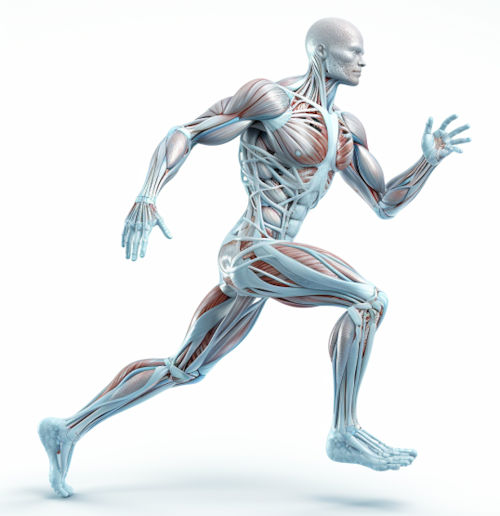Neuromuscular Adaptation and Visualization Techniques in Achieving Six-pack Abs

It’s a ubiquitous desire for gym-goers worldwide: the aspirational six-pack abs. While most are conversant with the adage, “Abs are made in the kitchen,” this article takes a different route—diving into the realm of neuromuscular adaptation and visualization techniques to sculpt those desirable abs.
Neuromuscular Adaptation: A Gateway to Defined Abs
Neuromuscular adaptation refers to the changes in your nervous and muscular systems in response to training. It involves the process of enhancing the efficiency and strength of the neuromuscular junction—the point where a motor neuron communicates with a muscle fiber.
When it comes to six-pack abs, neuromuscular adaptation is the missing link in many workout routines. Abdominal muscles, like all other muscles, undergo neuromuscular adaptation when consistently and effectively trained. The result? Enhanced muscle tone and definition, leading to the coveted six-pack.
Maximizing Neuromuscular Adaptation
To harness the benefits of neuromuscular adaptation in your quest for six-pack abs, employ the following strategies:
- Progressive Overload: This involves increasing the intensity, duration, or volume of your workouts over time, forcing your muscles (including abs) to adapt continually and become more efficient.
- Variety of Exercises: Using a mix of exercises targets different sections of the abdominal muscles. Consider incorporating planks, bicycle crunches, Russian twists, and hanging leg raises into your routine.
- Consistency and Recovery: Regular workouts with adequate recovery periods are essential for neuromuscular adaptation. Balance intense workout days with active recovery days to avoid overtraining.
Visualization Techniques: Seeing Your Six-Pack Materialize
The power of the mind in physical transformation cannot be overstated. Visualization techniques offer a potent tool to stimulate the neuromuscular system and promote muscle growth and development, including the abs.
The basic concept of visualization lies in mentally rehearsing your workouts and picturing the transformation you want to see. This act of mental imagery stimulates the nervous system and muscles similar to physical training, priming your body for action and amplifying the effects of your workouts.
Employing Visualization Techniques
To employ visualization techniques effectively:
- Pre-Workout Visualization: Before starting your workout, close your eyes and visualize yourself performing each exercise perfectly. Picture your muscles, particularly the abs, contracting and expanding with each move.
- Goal-Oriented Visualization: Visualize the end result of your consistent hard work—the six-pack abs. This reinforces your subconscious mind’s connection to the goal and keeps you motivated.
- Intra-Workout Visualization: During the workout, focus on the muscle being worked out. This mind-muscle connection can enhance neuromuscular efficiency and optimize your workout results.
Remember, the journey to six-pack abs is unique for each individual and goes beyond just aesthetics. It requires patience, determination, and a balanced approach, combining effective exercise, healthy nutrition, and the potent power of the mind. So, the next time you hit the gym or work out at home, consider neuromuscular adaptation and visualization techniques to pave the way to your six-pack success.

Travis is the lead content developer on SixpackShortcut.com He also writes in the wellness and outdoor space. On SixpackShortcut.com Travis specializes in sixpack product reviews and informative articles.
